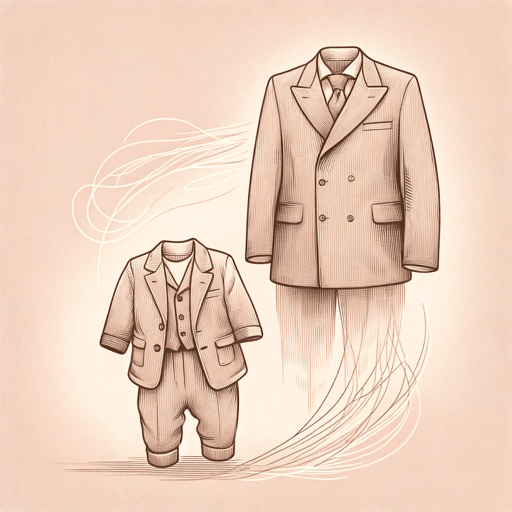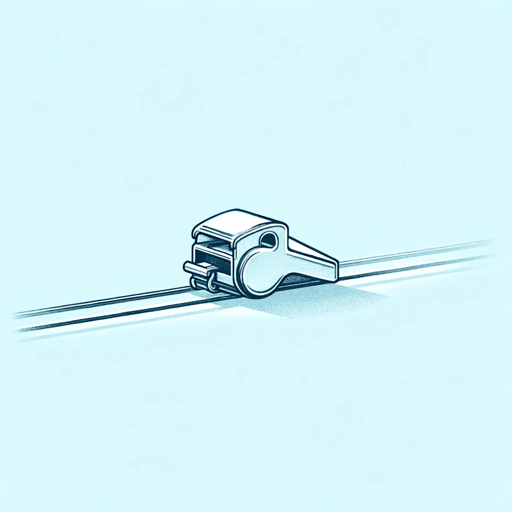16 pages • 32 minutes read
Edna St. Vincent MillayTravel
Fiction | Poem | Adult | Published in 1921A modern alternative to SparkNotes and CliffsNotes, SuperSummary offers high-quality Study Guides with detailed chapter summaries and analysis of major themes, characters, and more.
Literary Devices
Mimetic: Meter, Structure, and Rhyme
The use of iambic (unstressed/stressed syllable repetition) and trochee (stressed/unstressed syllable repetition) throughout the poem reinforces an ordered, chugging rhythm when read out loud. Mentioned earlier in this guide, the long vowel sounds of -i and -e create a sad tone against the sounds of people and the train.
Millay adds to this by incorporating the -b rhyme throughout the poem. It repeats in all three stanzas. The result is that the end-rhyme and meter give the poem a near-symmetrical sound that is just slightly off balance. Perhaps this also emits a visual of the speaker, who reaches the train and always falls short.
The line length and syllabic structure of “Travel” also make the experience short and perpetually in motion while simultaneously stuck on a groove. The varied line lengths also create subtle pushes and pulls. Each line ranges from seven to 10 syllables. In the first two stanzas, the second line is the longest. Millay utilizes this longest line to focus on the outside world: where people speak and dream. These lines are followed by conjunctions that limit opportunity: “but” and “yet” (Lines 3, 4, 7, 11) further highlighting the speaker’s inability to move.
Related Titles
By Edna St. Vincent Millay

An Ancient Gesture
Edna St. Vincent Millay

Conscientious Objector
Edna St. Vincent Millay

Ebb
Edna St. Vincent Millay

I Will Put Chaos Into Fourteen Lines
Edna St. Vincent Millay

Lament
Edna St. Vincent Millay

Not In A Silver Casket Cool With Pearls
Edna St. Vincent Millay

Song of a Second April
Edna St. Vincent Millay

Spring
Edna St. Vincent Millay

The Ballad of the Harp-Weaver
Edna St. Vincent Millay

The Courage That My Mother Had
Edna St. Vincent Millay

The Spring And The Fall
Edna St. Vincent Millay

